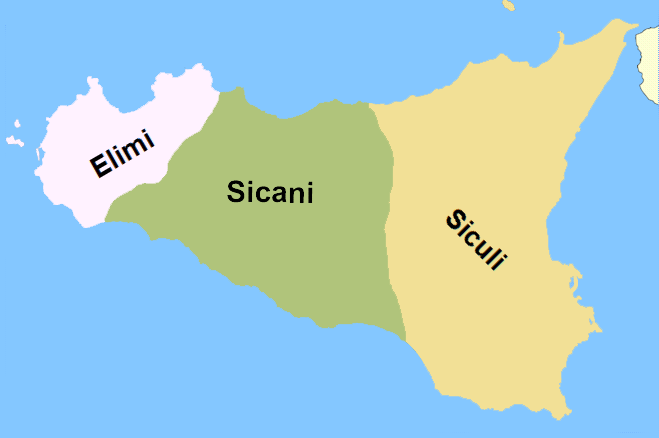La Trinacria
- La Siciliana
- Jun 27, 2020
- 2 min read
If you ever find yourself in Sicily, you will see depicted on various objects and buildings, a winged female face adorned with husks of wheat, surrounded by three bent legs. Most notably, you will see it as the focal point of the Sicilian flag.The trinacria is the symbol of Sicily, but what does this strange icon represent?

The earliest known name for Sicily is Trinacria. It is derived from the Greek word for triangle and refers to the island’s distinct shape. The three angled legs represent the three promontories of the island: Cape Pelorus (northeast), Cape Passero (southeast), and Cape Lilibeo (west).

While you might find this iconography to be strange, likenesses of it can be found on ancient coins, mosaics, and other forms of art throughout the Mediterranean. Variations of the image are ancient and wide-spread, so its actual origin is still a mystery.
Furthermore, Sicily is not the only region to use a symbol such as this on its flag. Enter the Normans; their occupation of Sicily began in 1061. Following, in the 11th century, the trinacria was exported via Norman expansion as far as the Isle of Man. A modified version supplanted the previous Scandinavian image and still flies high on the Manx national flag today.

My favorite aspect of Sicily’s trinacria is the head of Medusa; she is at the center where the legs conjoin. Yes, Medusa; you know, the mythological creature with snakes for hair who with a mere glance, can turn you into stone. Why would Sicilians use a “menacing” gorgon to symbolize their island?

Well, like the evil-eye, Medusa is a talisman of protection.
And with Sicily’s history of being the most conquered territory in the world, Medusa seems to be a perfect choice. Woven through Medusa’s serpentine hair, you will find three stalks of wheat. The wheat is said to represent the fertility of the land. In ancient times, Sicily was known as the breadbasket of Rome.
So, there you have it. Discovering La Trincria is discovering Sicily and all its splendor. I hope all that join me on this journey, come to love this island as much as I do.







Love my Sicilia! Great article!
Excellent article. Love the layout and format as well.
Very good, and a great start for more information to come of a culture not many know about.